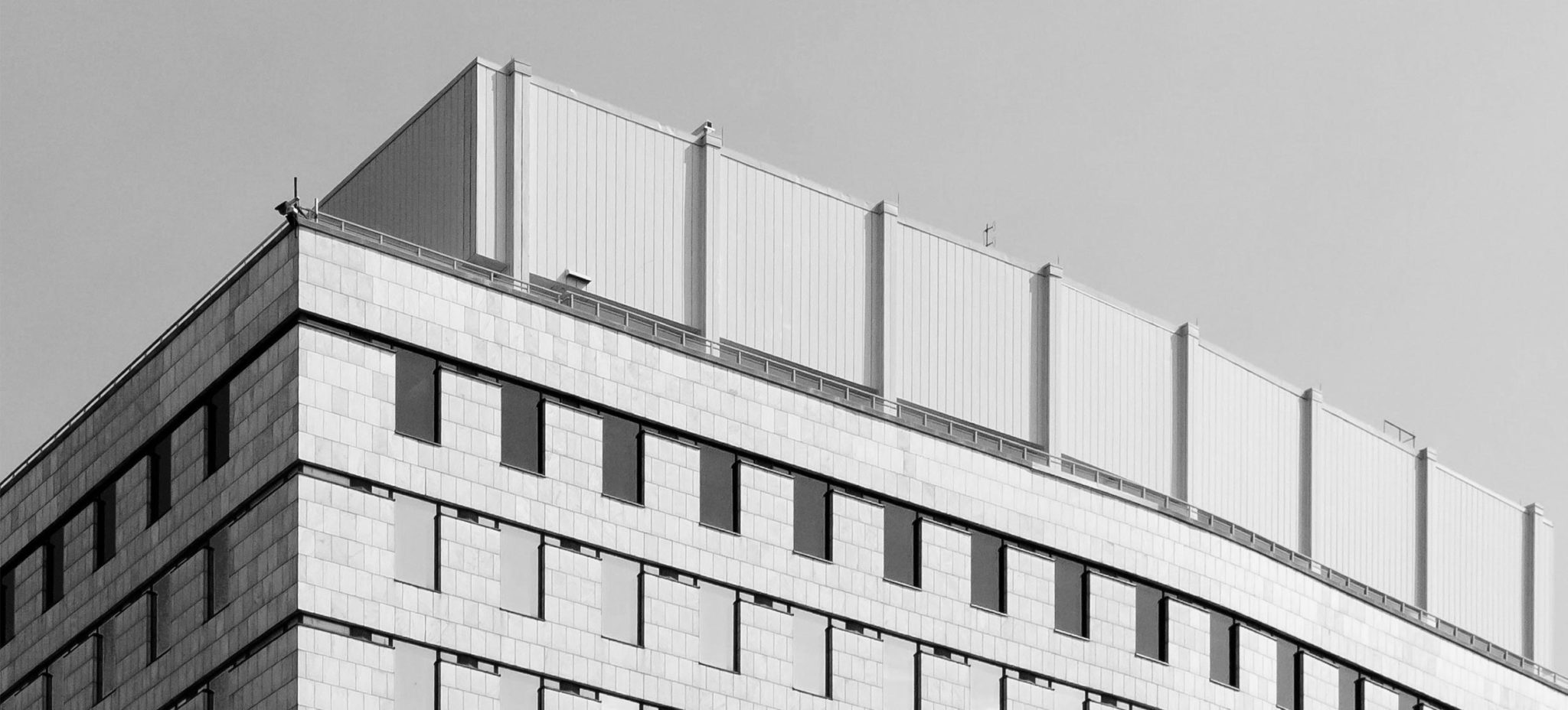Non-conforming cladding on buildings has become an issue after the Grenfell Tower fire in the United Kingdom in 2017. Australia had a similar incident (excluding the loss of lives) at the Lacrosse Tower fire in Melbourne in 2014.
The Building Act 1975 (Qld) has been amended by the Building and Other Legislation (Cladding) Amendment Regulation 2018 (Qld) (Regulation) which came into effect on 1 October 2018.
Are you impacted?
The Regulation affects private owners of buildings that:
- Are a class 2 to 9 which in essence includes all residential and commercial buildings except houses;
- Have a type A or B construction which generally includes buildings of 3 storeys or higher; and
- Had a development approval issued after 1 January 1994 but prior to 1 October 2018 to build or alter the cladding.
Where buildings include more than one lot, the body corporate will be considered the owner.
What are the requirements?
The Regulation details a 3 step process where owners of the above buildings are required to identify and assess the risk of cladding products. As part of the process the owners must complete and lodge documents online at www.saferbuildings.qld.gov.au before the below stipulated dates:
- 29 March 2019 (stage 1): owners must register their buildings with the Queensland Building and Construction Commission (QBCC) and undertake an online combustible cladding checklist. If not completed by this date, there is a maximum fine of 20 penalty units which is equivalent to $2,611 that may be imposed. If the online checklist states that the building is not affected then no further action is needed.
- 29 May 2019 (stage 2): if the online checklist above reveals that the building is affected then the owner is required to:
- Inform the QBCC that it is aware or suspects that the building has combustible cladding; or
- Engage a building industry professional to provide a report about whether the cladding is non-confirming. The report must be uploaded online with the QBCC along with a further checklist.
If the owner fails to comply with the above before this date then the same penalties as stage 1 will apply.
- 27 August 2019 (stage 3, part A): if buildings have or are suspected of having non-conforming cladding then the owner must engage a qualified fire engineer. The owner must notify the QBCC of the name and registration number of the fire engineer engaged to undertake the risk assessment. If the owner fails to adhere to this requirement by the due date then a maximum of 50 penalty units which equates to $6,527.50 may be imposed.
- 3 May 2021 (stage 3, part B): owners must receive from the nominated fire engineer a building fire safety risk assessment and fire engineer statement. The assessment will determine whether the building will remain safe or if rectification works are required. The risk assessment and statement must be uploaded online with the QBCC along with a combustible cladding checklist to be completed. If the owner does not comply with this obligation then a maximum fine of 165 penalty units which is equivalent to $21,540.75 may apply.
Any extensions to the above dates must be requested at least 28 days before the compliance periods ends and will be granted by the QBCC if they determine it is reasonable given the situation. The QBCC also have authority to reduce the compliance periods if they determine there are imminent risks with the building.
Notification obligations
If the QBCC on reliance of the risk assessment finds that there is non-confirming cladding on a building, the owner must:
- Display a notice in a conspicuous position at the entrance of the building and near the fire indicator panel; and
- If the owner is a body corporate of the building, it must provide a copy of the risk assessment to all lot owners and tenants.
The above must occur within 60 business days of receiving the fire safety risk assessment. Where a lot is sold or leased in the period of 7 years after receipt of the risk assessment, the body corporate must give each new owner and lessee a copy of the fire safety risk assessment within 60 days of the person’s name being entered on the body corporate’s roll.
Section 223 of the Body Corporate and Community Management Act 1997 (Qld) requires sellers to disclose the non-confirming cladding to the potential buyers, to avoid a claim for breach of warranty or potentially termination of the contract.
The obligations will cease if the combustible cladding is removed from the building or a private certifier gives the owner a notice that the combustible cladding complies with the Building Code of Australia.
Owners of buildings with combustible cladding will need to consider the implications under their insurance policies.
Disclosure requirements
If a building is sold during the process, owners must provide:
- Buyer with notice in the approved form about the status of compliance with the above process;
- Buyers with a copy of all relevant documents; and
- The QBCC with a copy of the notice provided to the buyer
Post settlement the buyer will be responsible for complying with the Regulation.
If you have any questions about how the changes will apply to you or you would like clarification about the process in relation to cladding on buildings in Queensland, please contact our office on (07) 3876 5111 for a consultation.
Written by
Kayleigh Whittaker, Senior Lawyer
NB Lawyers – Lawyers for Employers
(07) 3876 5111
About the author
Kayleigh Whittaker is a senior lawyer on our Commercial and Property team who assists with Employment Law matters. With a high level of experience in commercial and retail leasing, voluntary and involuntary purchase and sale acquisitions property development and employee relations, Kayleigh provides practical advice to ensure smooth business transactions.

